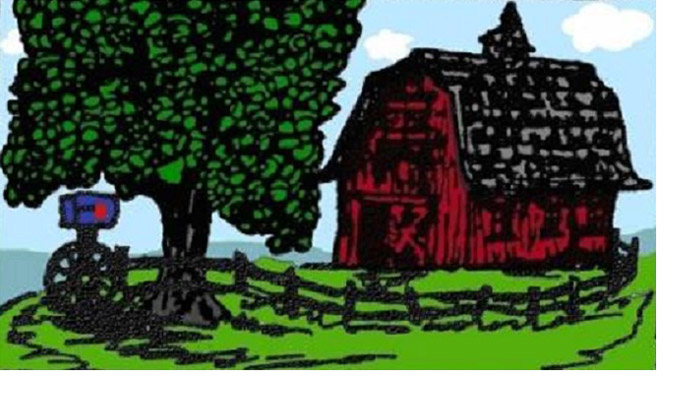Two very different, but both undesirable, insect varieties often take up residence in or near our lawns: ants and yellow jackets. Ant hills make unsightly areas in a lawn, but yellow jackets pose a much more serious threat. They are very fast and vicious attackers if you should happen to accidentally run a lawn mower over their nest. For either, though, the solution is essentially the same: a quarter cup of gel dishwasher detergent and a quart of boiling water down into the nest and then step the hole shut. The porosity of the ground should act like a wick to spread the detergent and water.
In the case of an ant hill step a spade full depth into the ground in the middle of it and wiggle the handle back and forth to make a narrow, tapered opening to carry the detergent and boiling water down into the nest. Then step hard to flatten the hill and close the hole.
Sometime in August yellow jackets make a round hole about 3 or 4 inches in diameter, and it can go quite deep. In this case, wait until dusk when they have all gone to bed before initiating attack. Then step the sides of the hole inward to close it off to keep the inhabitants down in there.
Another weapon for combatting yellow jackets is a commercial bee trap (available in garden stores) baited with a cup of sugar water (humming bird mixture) and some apple juice. If it is put up early in August, and cleaned and re-baited weekly, there is a fair chance of catching a queen who would otherwise start a nest. These traps usually load up with yellow jackets, but honey bees seem to show no interest in them. They are also a help in minimizing the competition between the birds and the bees at humming bird feeders.
